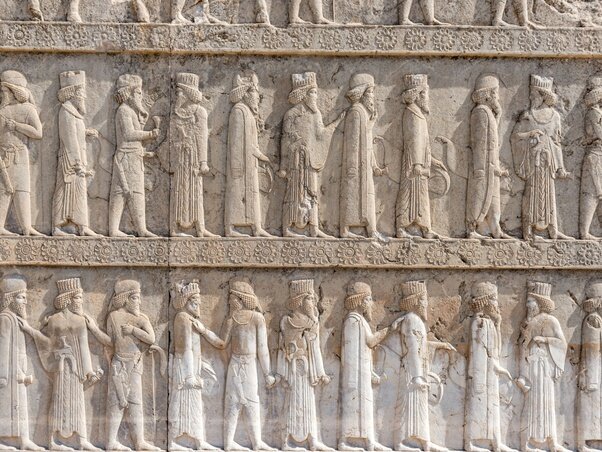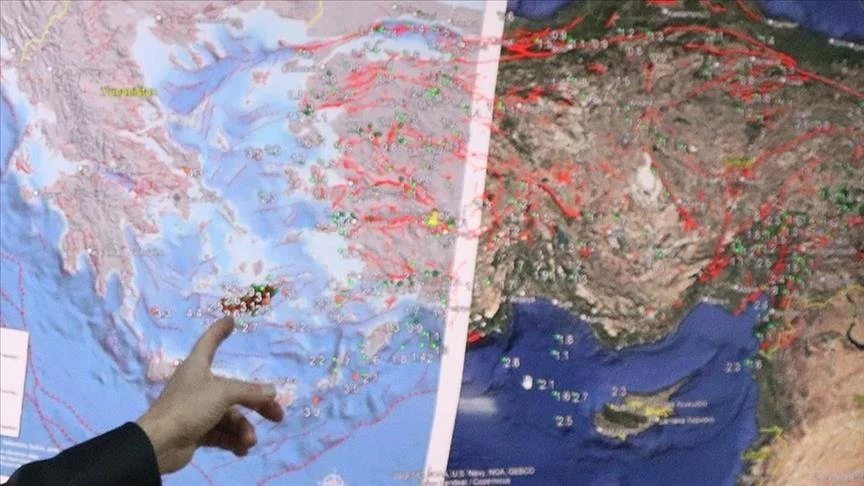The Satraps ruled the various provinces of Persia at different times over an incredibly long period of time, from the time of the Middle Empire, 728 to 559 BC, to the Buyid Dynasty, 934 to 1062 AD. At various times, the lands of the satraps in the Persian Empire extended from the borders of India in the east to Yemen in the south and Libya in the west.
Satrapies under Cyrus the Great
Although the Medes appear to have been the first people in history to divide their lands into provinces with individual provincial leaders, the satrapy system actually arose during the Achaemenid Empire (sometimes called Persian Empire ), from 550 to 330 B.C. Under the founder of the Achaemenid Empire, Cyrus the Great, Persia was divided into 26 satrapies. The satraps ruled in the name of the king and paid tribute to the central government.
The satraps of the Achaemenids had considerable power and ruled the land in their provinces, always in the name of the king. They served as chief judges for their territories, adjudicating disputes and deciding punishments for various crimes. Satraps also collected taxes, appointed and removed local officials, and supervised roads and public places.
To prevent satraps from exercising too much power and possibly even challenging the king's authority, each satrap had a royal secretary known as the "eye of the king". In addition, the chief financial officer and the general in charge of the troops of each satrapy reported directly to the king rather than to the satrap.
Expansion and weakening of the empire
Under Darius the Great, the Achaemenid Empire expanded to 36 satrapies. Darius ruled the system by allocating a standard amount to each satrapy, depending on its economic potential and population.
Despite the controls that had been put in place, the satrapies began to exercise more autonomy and local control as Achaemenid Empire, weakened. Artaxerxes II (c. 404 - 358 BC), for example, faced what is known as Satrap Revolution between 372 and 382 BC, with revolts in Cappadocia (now Turkey), Phrygia (also in Turkey) and Armenia.
Perhaps the most famous form of the system was when Alexander the Great of Macedonia died suddenly in 323 BC and his generals divided his empire into satrapies. They did this to avoid war between successors since Alexander had no heir. Under the satrapy system, each of the Greek generals had a territory with the Persian title of "satrap". However, the Hellenistic satrapies were much smaller than those of the Persian satrapies. These "successors" ruled their satrapies until they fell one by one between 168 and 30 BC.
When the Persian people rejected Hellenistic rule, they reunited as Parthian Empire (247 BC). In fact, Parthia was originally a satrapy in northeastern Persia that continued to conquer most of the neighboring satrapies.
The term "satrap" comes from the ancient Persian word kshathrapavan, meaning "guardian of the sphere". In modern English, it can also mean a despotic petty ruler or a corrupt leader.









